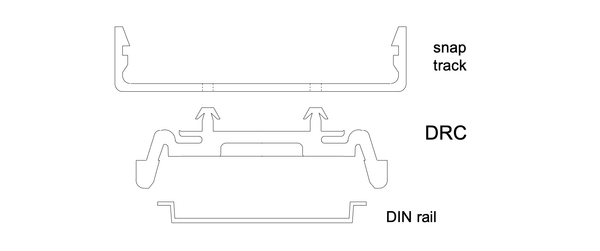The MAO (Manual Analog Override) and MDO (Manual Digital Override) allow for manual interruption and simulation of the building automation system’s control signal.
Manual Analog Override

The MAO also makes an innexpensive and effective 2 channel signal generator for start-up or bench testing
The MAO was designed to add 2 channel analog override control similar to an Hand/Off/Auto switch. When the MAO is in Auto mode the control signal is passed directly from the input to the output.
When in Manual mode the MAO can produce a 0-5, 0-10, 0-15 VDC or a 0-20 mA signal. The MAO override output signal is controlled with a single turn potentiometer.
When power is lost or removed the MAO output will default to the original input control signal.
The MAO also provides a single status feedback signal that can be configured with different values of resistors. Each channel can send back a unique resistance which allows for the identification of which channel is in override mode.
The override status can also be configured for N.C. or N.O. operation.
Manual Digital Override

The MDO was designed to add 4 channel digital override control, similar to a Hand/Off/Auto switch.
When in Auto mode, the MDO will pass a signal of 0-24 VDC or 0-24 VAC from the input to the output.
When the override switch is placed in manual mode, the output is then controlled by an ON/OFF switch. The switch in the on position sends the voltage from the power supply to the output. AC or DC can be used. When power is lost or removed the MDO output will default to the original input control signal.
The MDO has a single channel feedback status that can be configured with different values of resistors for individual channel override identification.
The override status can also be configured for N.C. or N.O. operation.


